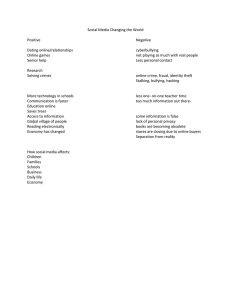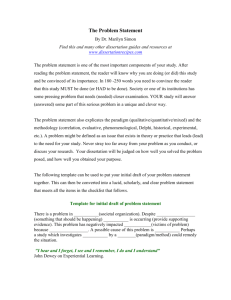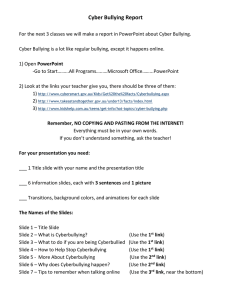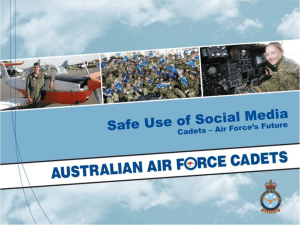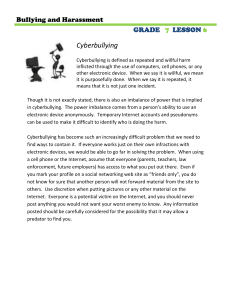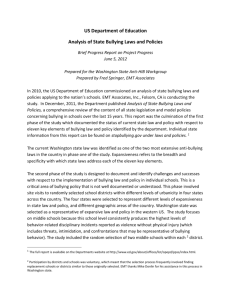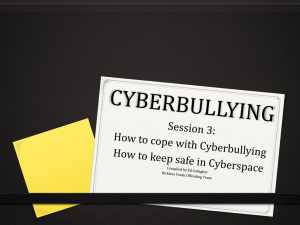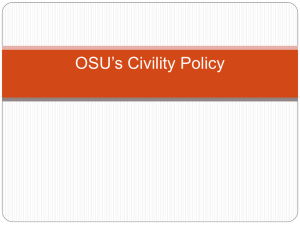Curriculum-Best Practice Report Out
advertisement
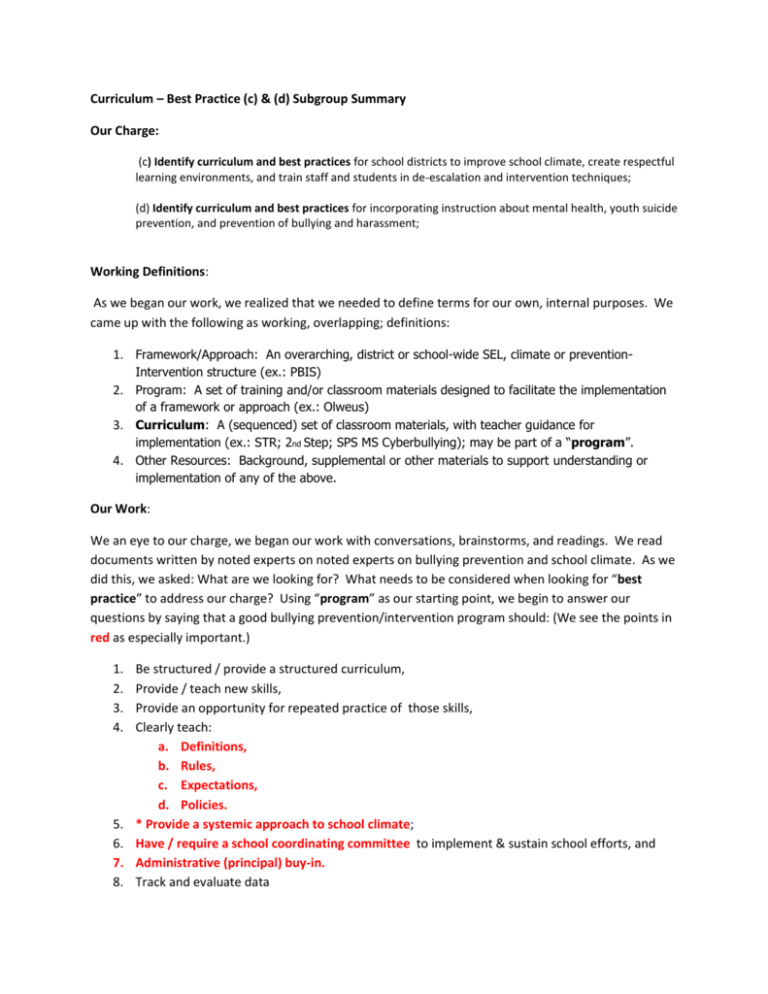
Curriculum – Best Practice (c) & (d) Subgroup Summary Our Charge: (c) Identify curriculum and best practices for school districts to improve school climate, create respectful learning environments, and train staff and students in de-escalation and intervention techniques; (d) Identify curriculum and best practices for incorporating instruction about mental health, youth suicide prevention, and prevention of bullying and harassment; Working Definitions: As we began our work, we realized that we needed to define terms for our own, internal purposes. We came up with the following as working, overlapping; definitions: 1. Framework/Approach: An overarching, district or school-wide SEL, climate or preventionIntervention structure (ex.: PBIS) 2. Program: A set of training and/or classroom materials designed to facilitate the implementation of a framework or approach (ex.: Olweus) 3. Curriculum: A (sequenced) set of classroom materials, with teacher guidance for implementation (ex.: STR; 2nd Step; SPS MS Cyberbullying); may be part of a “program”. 4. Other Resources: Background, supplemental or other materials to support understanding or implementation of any of the above. Our Work: We an eye to our charge, we began our work with conversations, brainstorms, and readings. We read documents written by noted experts on noted experts on bullying prevention and school climate. As we did this, we asked: What are we looking for? What needs to be considered when looking for “best practice” to address our charge? Using “program” as our starting point, we begin to answer our questions by saying that a good bullying prevention/intervention program should: (We see the points in red as especially important.) 1. 2. 3. 4. 5. 6. 7. 8. Be structured / provide a structured curriculum, Provide / teach new skills, Provide an opportunity for repeated practice of those skills, Clearly teach: a. Definitions, b. Rules, c. Expectations, d. Policies. * Provide a systemic approach to school climate; Have / require a school coordinating committee to implement & sustain school efforts, and Administrative (principal) buy-in. Track and evaluate data 9. 10. 11. 12. 13. 14. 15. 16. 17. 18. a. Simple surveys, b. Student focus groups, c. Other means of gathering data. Focus on prevention Focus on Social-Emotional Learning (SEL) Provide comprehensive training for all staff and the broader school community on: a. Psychology of – b. Recognition of – c. Prevention & intervention for bullying; d. Program / curriculum implementation; e. Specific work with targets; those who bully, and bystanders. Include classroom management, and adult supervision skills, Include an annual ‘kick-off’-type event, Support teachers, staff and students, Provide support for: a. Targets, b. Offenders, c. Bystanders / reporters Support the larger community, i.e. parents, family members, others; Include cyberbullying / digital safety issues. In addition, it should also: a. * Address & assess building readiness to implement, b. Educate adults about reporting, documenting & tracking c. Clearly connect student (youth/school) culture, student conduct and discipline, d. Provide/address cultural competence and bias toward high risk populations, e. Be developmentally appropriate. Next Steps: With this as our starting point, the ongoing work of this Subgroup will now: 1. 2. 3. 4. 5. Refine our reading / brainstorm list, above, Generate a checklist/menu of components for districts and schools, Find or create a rubric for program and curriculum selection, Find or create a rubric for program and curriculum implementation (NB: readiness), Generate a list of resources by: a. Programs b. Curricula c. K-12 literature d. Surveys e. Other, 6. Identify model districts and schools, 7. Coordinate with other Subgroups.
